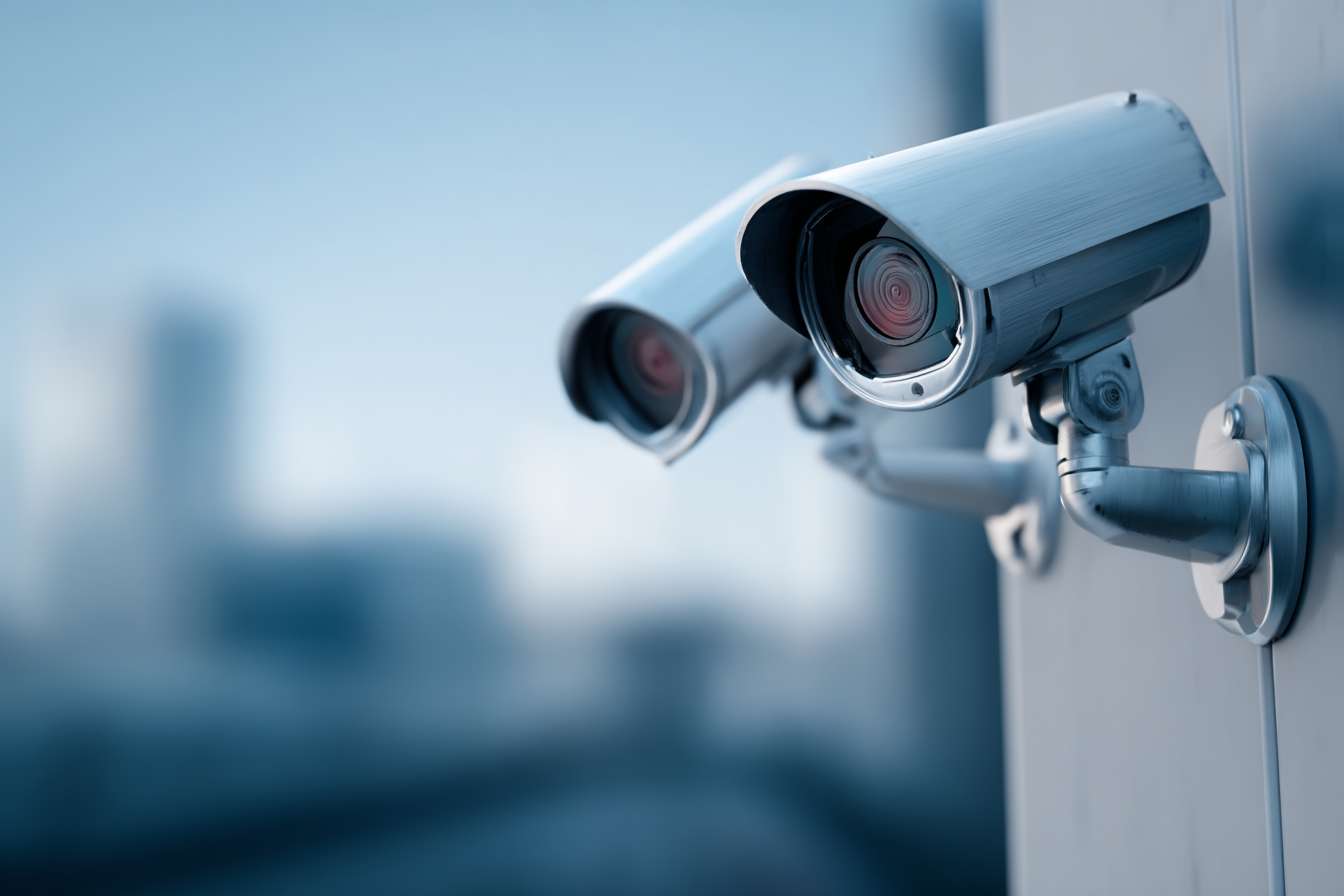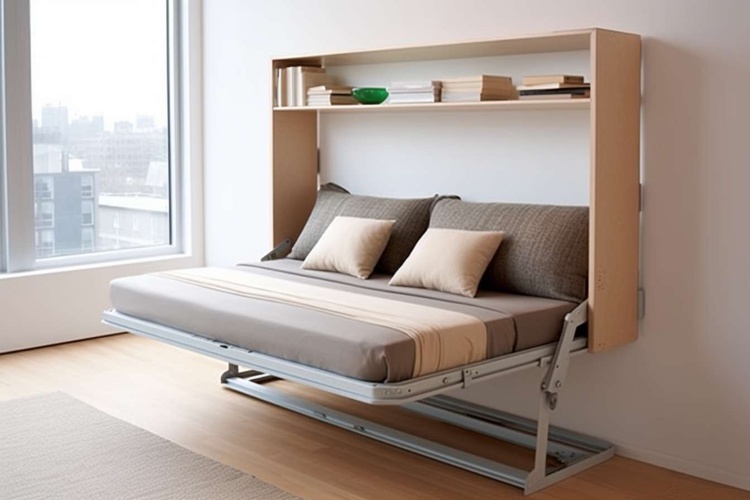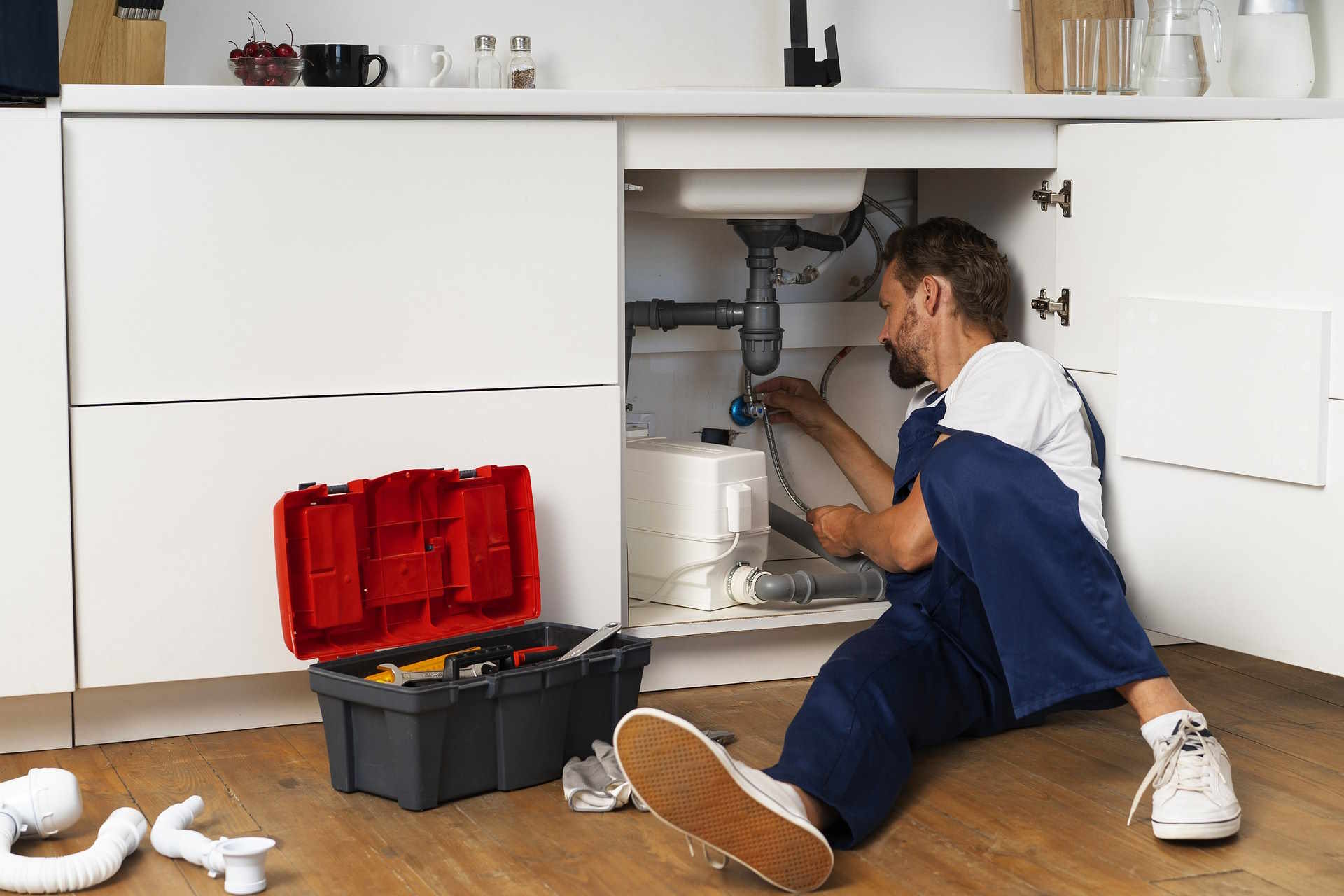Understanding Home Security Cameras: A Comprehensive Guide
Home security cameras have become an essential component of modern home safety systems. They provide homeowners with the ability to monitor their property in real-time, deter potential intruders, and enhance overall security. This guide explores the various types of home security cameras available, their features, and how they can be integrated into a comprehensive security strategy. From indoor to outdoor options, wired to wireless systems, understanding the capabilities and limitations of these devices is crucial for making informed decisions. Learn about the importance of resolution, field of view, night vision, and cloud storage options to ensure your home is adequately protected.

Home security cameras serve as the eyes of your home security system, providing visual monitoring and recording capabilities that help protect your property and loved ones. With advancements in technology, today’s security cameras offer features like high-definition video, motion detection, night vision, and smart connectivity that were once available only in professional security systems. This comprehensive guide will help you navigate the various types, features, and considerations when selecting and implementing security cameras for your home.
Types of Home Security Cameras Available Today
The market offers several distinct types of security cameras, each designed for specific monitoring needs and installation environments:
Wired cameras connect directly to your home’s electrical system and typically offer reliable, continuous operation without battery concerns. However, they require professional installation and may be vulnerable during power outages unless backed by a generator system.
Wireless cameras transmit video signals over your home’s Wi-Fi network, offering flexible placement options and easier installation. These cameras typically run on batteries or plug into standard outlets and can be repositioned as needed.
Indoor cameras are designed specifically for interior spaces, often featuring sleeker designs and functions like two-way audio for communication. Many double as baby monitors or pet cameras when not serving security purposes.
Outdoor cameras are weatherproof and built to withstand environmental elements like rain, snow, and temperature fluctuations. These typically include features like night vision and wide viewing angles to monitor larger outdoor areas.
Key Features to Consider When Selecting a Camera
When evaluating security cameras, several critical features can significantly impact performance and usability:
Resolution determines image clarity, with 1080p HD now considered the standard minimum for clear identification of people and objects. For larger properties or areas requiring detailed monitoring, 4K resolution cameras provide superior image quality.
Field of view refers to how wide an area the camera can see, ranging from narrow 80-degree views to expansive 180-degree panoramic coverage. Wider fields of view may reduce the need for multiple cameras but might sacrifice some detail in distant areas.
Motion detection capabilities allow cameras to begin recording when movement is detected, saving storage space and making footage review more efficient. Advanced systems offer customizable motion zones to reduce false alerts from pets, trees, or street traffic.
Night vision is essential for 24-hour monitoring, with most quality cameras using infrared LEDs to capture clear footage in complete darkness. Some premium models offer color night vision for better identification in low-light conditions.
Integrating Cameras Into Your Home Security System
Modern security cameras excel when integrated into broader home security ecosystems:
Smart home integration allows cameras to work with devices like video doorbells, smart locks, and alarm systems. This connectivity enables automated responses, such as recording when doors open or lights turning on when motion is detected outside.
Mobile applications provide remote access to live feeds and recorded footage from anywhere. Quality apps also offer features like instant notifications, two-way communication, and the ability to share footage with family members or authorities when necessary.
Professional monitoring services can complement your camera system by having trained operators review alerts and footage when triggered. These services can dispatch emergency responders if suspicious activity is detected, adding an extra layer of protection.
Voice assistant compatibility with platforms like Amazon Alexa, Google Assistant, or Apple HomeKit allows for hands-free operation and voice commands to display camera feeds on smart displays or televisions.
Benefits of Indoor Versus Outdoor Security Cameras
Both indoor and outdoor cameras serve important but distinct security functions:
Indoor cameras excel at monitoring internal activities like checking on children, pets, or elderly family members. They typically feature more privacy controls, such as automatic shutoff when residents are home, and often include two-way audio for communication.
Outdoor cameras serve as visible deterrents to potential intruders while monitoring entry points, driveways, and yards. Their weather-resistant construction and specialized features like spotlight integration make them suitable for perimeter security.
Placement strategy differs significantly between the two types. Indoor cameras work best in high-traffic areas like entryways, living rooms, and hallways, while outdoor cameras should cover entry points, driveways, and blind spots around the property perimeter.
Privacy considerations become particularly important with indoor cameras, where establishing clear boundaries about when and where recording occurs helps maintain household comfort and trust. Many systems offer geofencing to automatically disable indoor recording when residents are home.
Storage Options and Video Quality for Optimal Monitoring
How and where your footage is stored significantly impacts both system cost and functionality:
Local storage options include SD cards within cameras or dedicated network video recorders (NVRs). These provide one-time purchase costs without subscription fees but may be vulnerable to theft or damage during break-ins.
Cloud storage services securely store footage on remote servers, allowing access even if cameras are damaged or stolen. Most operate on subscription models with varying retention periods from 24 hours to 60+ days of continuous recording.
Storage capacity requirements depend on several factors including video resolution, number of cameras, and recording settings. Higher resolution footage consumes more storage—a single 1080p camera recording continuously can use 60GB+ of storage per day.
Hybrid approaches combining local and cloud storage offer redundancy and flexibility. Some systems automatically back up critical event footage to the cloud while maintaining continuous recording locally, providing the best of both worlds.
When selecting a storage solution, consider both initial costs and long-term expenses. Cloud subscriptions typically range from $3-$10 monthly per camera, while local storage systems may have higher upfront costs but lower ongoing expenses.
Prices, rates, or cost estimates mentioned in this article are based on the latest available information but may change over time. Independent research is advised before making financial decisions.
Security cameras represent a significant but worthwhile investment in home protection. By understanding the various types, features, and integration options available, you can create a customized surveillance system that meets your specific security needs while respecting your budget constraints. Whether you opt for a simple standalone camera or a comprehensive multi-camera system with professional monitoring, today’s technology offers effective solutions for virtually any home security scenario.




